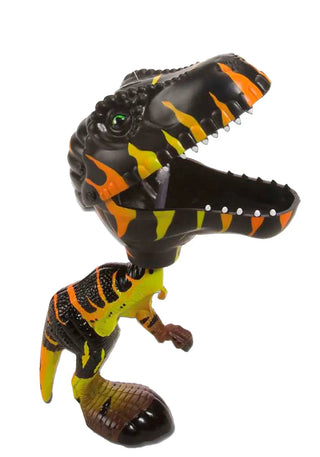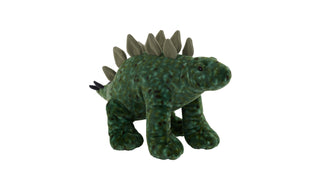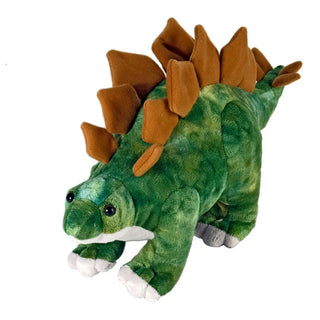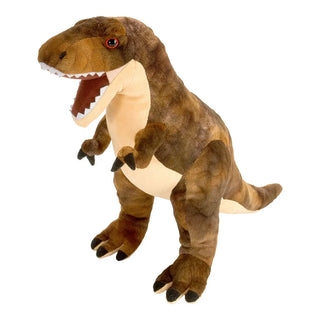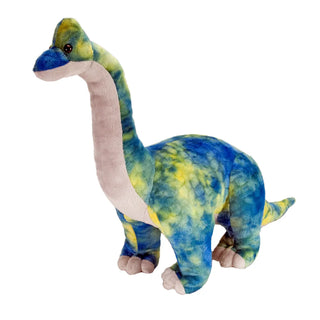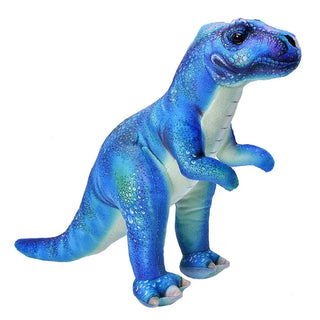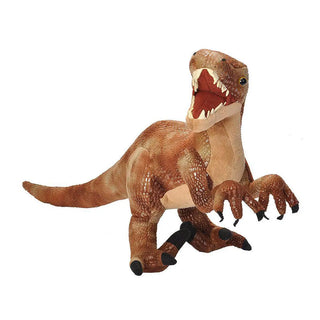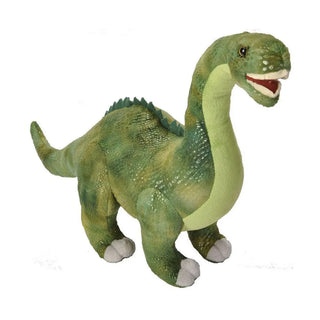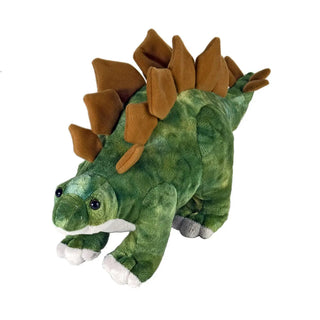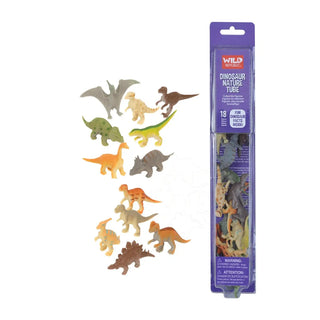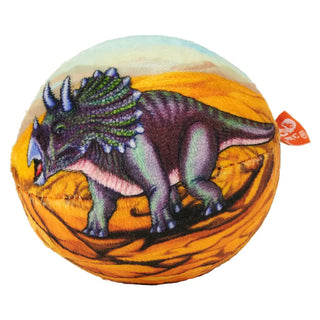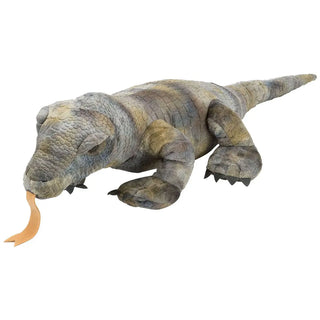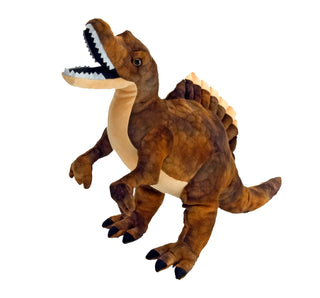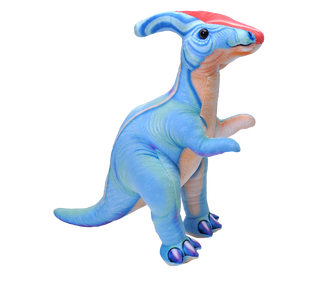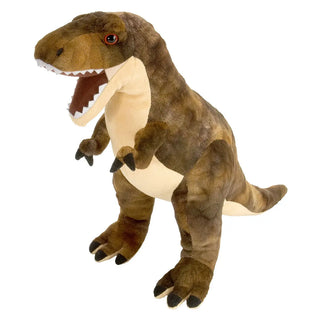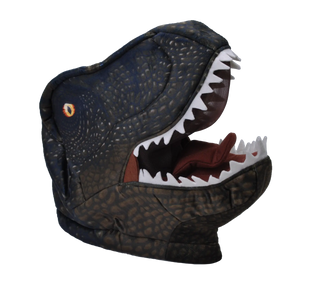Your Search For "ankylosaurus" Revealed The Following:
Filter
Active Filters
Velociraptor - Chomper
$10.99
- Unit price
- / per
INCLUDES:
- Age:3+
- AnimalType:Velociraptor
- Brand:Chompers
- Gender:Boy
- Gender:Girl
- Size:10"
- Velociraptor
$10.99
- Unit price
- / per
Cuddlekins Eco Stegosaurus Stuffed Animal - 12"
$24.99
- Unit price
- / per
INCLUDES:
- Age:0+
- Brand:Cuddlekins Eco
- Features:Eco
- Gender:Boy
- Gender:Girl
- Size:12"
$24.99
- Unit price
- / per
Stegosaurus Stuffed Animal - 10"
$15.99
- Unit price
- / per
INCLUDES:
- Age:0+
- AnimalType:Stegosaurus
- Brand:Dinosauria
- Gender:Boy
- Gender:Girl
- Size:10"
- Stegosaurus
$15.99
- Unit price
- / per
T-Rex Stuffed Animal - 10"
$15.99
- Unit price
- / per
INCLUDES:
- Age:0+
- AnimalType:T-Rex
- Brand:Dinosauria
- Gender:Boy
- Gender:Girl
- Size:10"
- T-Rex
$15.99
- Unit price
- / per
Brachiosaurus Stuffed Animal - 19"
$38.99
- Unit price
- / per
INCLUDES:
- Age:0+
- AnimalType:Brachiosaurus
- Brachiosaurus
- Brand:Dinosauria
- Gender:Boy
- Gender:Girl
- Size:19"
$38.99
- Unit price
- / per
T-Rex Stuffed Dinosaur - 12"
$25.99
- Unit price
- / per
INCLUDES:
- Age:0+
- AnimalType:T-Rex
- Brand:Dinosauria
- Gender:Boy
- Gender:Girl
- Size:12"
- T-Rex
$25.99
- Unit price
- / per
Velociraptor Stuffed Animal - 17"
$30.99
- Unit price
- / per
INCLUDES:
- Age:0+
- AnimalType:Velociraptor
- Brand:Dinosauria
- Gender:Boy
- Gender:Girl
- Size:17"
- Velociraptor
$30.99
- Unit price
- / per
Diplodocus Stuffed Animal - 17"
$30.99
- Unit price
- / per
INCLUDES:
- Age:0+
- AnimalType:Diplodocus
- Brand:Dinosauria
- Diplodocus
- Gender:Boy
- Gender:Girl
- Size:17"
$30.99
- Unit price
- / per
Stegosaurus Stuffed Animal - 15"
$25.99
- Unit price
- / per
INCLUDES:
- Age:0+
- AnimalType:Stegosaurus
- Brand:Dinosauria
- Gender:Boy
- Gender:Girl
- Size:15"
- Stegosaurus
$25.99
- Unit price
- / per
Tube of Dinosaur Figurines with Playmat
$15.99
- Unit price
- / per
INCLUDES:
- Age:3+
- AnimalType:Dinosaur
- Brand:Wild Republic Nature Tubes
- Dinosaur
- Easter
- Gender:Boy
- Gender:Girl
$15.99
- Unit price
- / per
Triceratops Stress Ball - 3.5"
Regular price
$5.60
$6.99
Save 20%
- Unit price
- / per
INCLUDES:
- Age:0+
- Brand:Stress Ball
- Gender:Boy
- Gender:Girl
- Size:3.5"
Regular price
$5.60
$6.99
Save 20%
- Unit price
- / per
Komodo Dragon Stuffed Animal - 12"
$22.99
- Unit price
- / per
INCLUDES:
- Age:0+
- AnimalType:Komodo Dragon
- Brand:Cuddlekins
- Gender:Boy
- Gender:Girl
- Komodo Dragon
- Size:12"
$22.99
- Unit price
- / per
Spinosaurus Stuffed Animal - 19"
Regular price
$29.60
$36.99
Save 20%
- Unit price
- / per
INCLUDES:
- Age:0+
- AnimalType:Spinosaurus
- Brand:Dinosauria
- Gender:Boy
- Gender:Girl
- Size:19"
- Spinosaurus
Regular price
$29.60
$36.99
Save 20%
- Unit price
- / per
Parasaurolophus Stuffed Dinosaur - 12"
$25.99
- Unit price
- / per
INCLUDES:
- Age:0+
- Brand:Dinosauria
- Gender:Boy
- Gender:Girl
- Size:12"
$25.99
- Unit price
- / per
T-Rex Stuffed Animal - 15"
$25.99
- Unit price
- / per
INCLUDES:
- Age:0+
- AnimalType:T-Rex
- Brand:Dinosauria
- Gender:Boy
- Gender:Girl
- Size:15"
- T-Rex
$25.99
- Unit price
- / per
INCLUDES:
- Age:0+
- AnimalType:T-Rex
- Brand:Big Head
- Gender:Boy
- Gender:Girl
- Size:15"
- T-Rex
$45.99
- Unit price
- / per
You're viewing 1-16 of 16 results

